The hibiscus plant I got years ago from Jill Coryell, also known as the Hibiscus Lady, continued to bloom as regularly as the sun rose, despite a pandemic and the world seeming to fall apart. Staying home all the time, I watched each day as a new bud opened, revealing within its yellow petals a reddish pink and purple that blended together like a water-lily painting by Claude Monet. Coryell named the flower after the French Impressionist for this reason. Its blooms lasted for nearly 24 hours, with the colors transforming almost hourly. At no point in the day did this hibiscus look the same, but it was a masterpiece from start to finish.
Last summer, I drove to the Hibiscus Lady Nursery in Mokulē‘ia, where Coryell creates one-of-a-kind hibiscus hybrids with the help of a small all-women team of horticulturists. Amid hundreds of colorful hibiscuses, Coryell told me I am not the only customer to say her flowers have added beauty to their lives.
Before she earned her moniker, Coryell was a volunteer at Waimea Valley botanical gardens. She was asked to work with the hibiscuses and learned there are at least ten species found only in Hawai‘i, one of which was named the state flower in 1988. Inspired by the story of Princess Ka‘iulani’s father, Archibald Cleghorn, who hybridized the first hibiscuses in 1870, she started creating her own hybrid hibiscuses and was hooked. She launched her nursery in 2000 while working full time for United Airlines. “I just didn’t sleep a lot,” Coryell says.
To make a new creation, Coryell considers the colors, fragrance, flower size, shape, and number of petals—usually, a hibiscus has five petals, but when they have ten or more petals, they are called “doubles.” She also notes whether the colors stay static or evolve over the course of a day. She picks two flowers she likes, dubbing them the mother and father.
“This is very complicated, which is why my 5-year-old granddaughter was able to do it,” she jokes, rubbing the pollen pads of the two flowers together. If successful, when the mother flower closes and falls off, a seed pod will be left behind. Each seed will produce a different flower—there are no duplicates—and it might not look anything like its parents. The entire process requires a great deal of patience; it takes at least a year for the first bloom to appear.
In the evenings, Coryell and her crew walk through the nursery and try to guess what the new flowers might look like in the morning, when they will be seen for the first time ever. “It’s like every day is Christmas,” Coryell says.
The Hibiscus Lady Nursery only keeps 3 percent of the new hibiscuses. The flower has to stop Coryell in her tracks and make her exclaim “Oh my goodness!” Anything less is composted. It’s also a democratic decision—her employees and family members create new hibiscus hybrids and they, too, get a say in what stays.
Each new bloom eventually receives a name. A voracious reader, Coryell keeps a running list of appealing words to pull from in addition to naming flowers after people she loves and respects. Drawing upon her knowledge of Hawaiian culture and ‘ōlelo Hawai‘i (Hawaiian language) as a former student of Hawaiian studies at the University of Hawai‘i at Mānoa, she also gives her creations Hawaiian names.
A lightly fragrant, hot pink and yellow double hibiscus is named after the late Pat Namaka Bacon, an ‘ōlelo Hawai‘i expert renowned for preserving language and culture. A bright orange double hibiscus with yellow tips, which expands from eight inches in diameter in the early morning to a foot wide by noon, is named Ho‘olaule‘a, meaning “joyous celebration.” “It certainly is a celebration,” Coryell says of the vibrant bloom. As for the delicate pink and white flower named September Mourning? “That was my reaction to the horrors of September 11,” she says, having created it in honor of the flight attendants who lost their lives on that tragic day.
As a flight attendant, Coryell would regularly bring a hibiscus bud with her on her flight routes to Chicago. It would bloom in the Midwest during her layover, blossoming into a flower she could then wear in her hair on the return flight. At O’Hare Airport, people would stop her and exclaim “Hawai‘i!” No matter where she was, the hibiscus always tied her to the islands.
Even now, the Hibiscus Lady upholds the tradition of wearing her flower creations in her hair. “I like doubles for my hair—it’s just sassier,” Coryell says, referring to the frilly, double-petaled, yellow, pink, and purple hibiscus she wears behind her ear. “I can still be 74 and be sassy.”
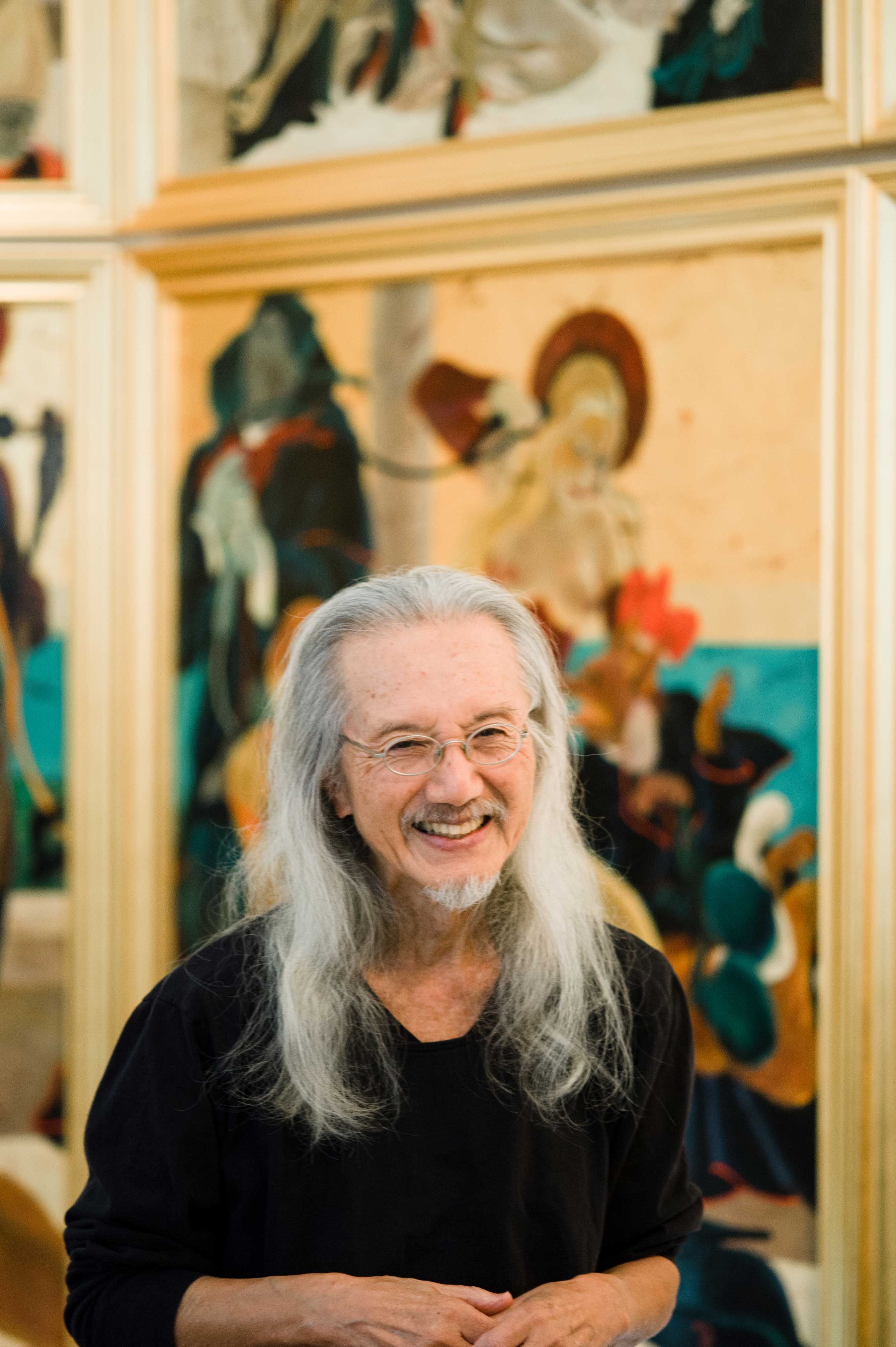
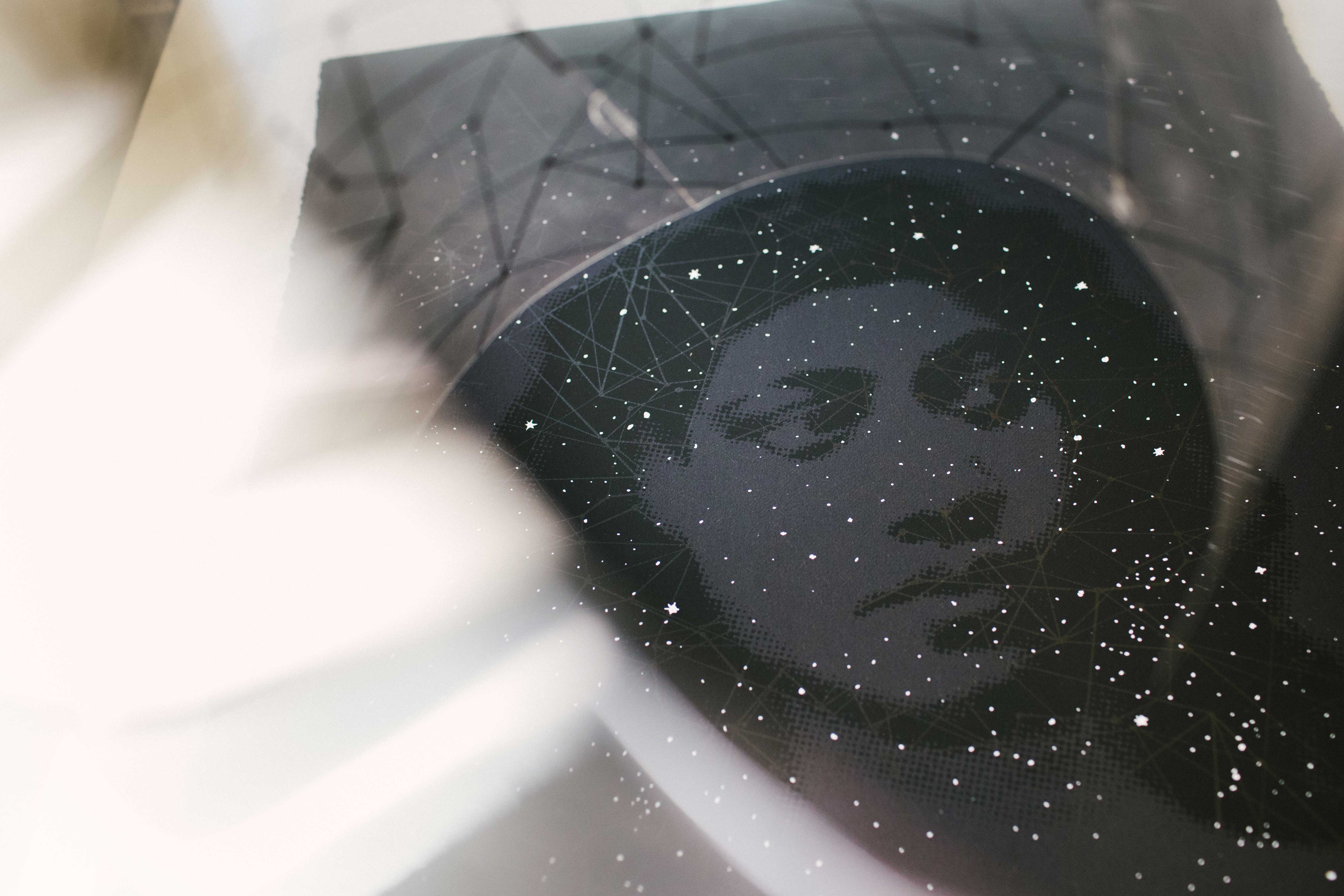

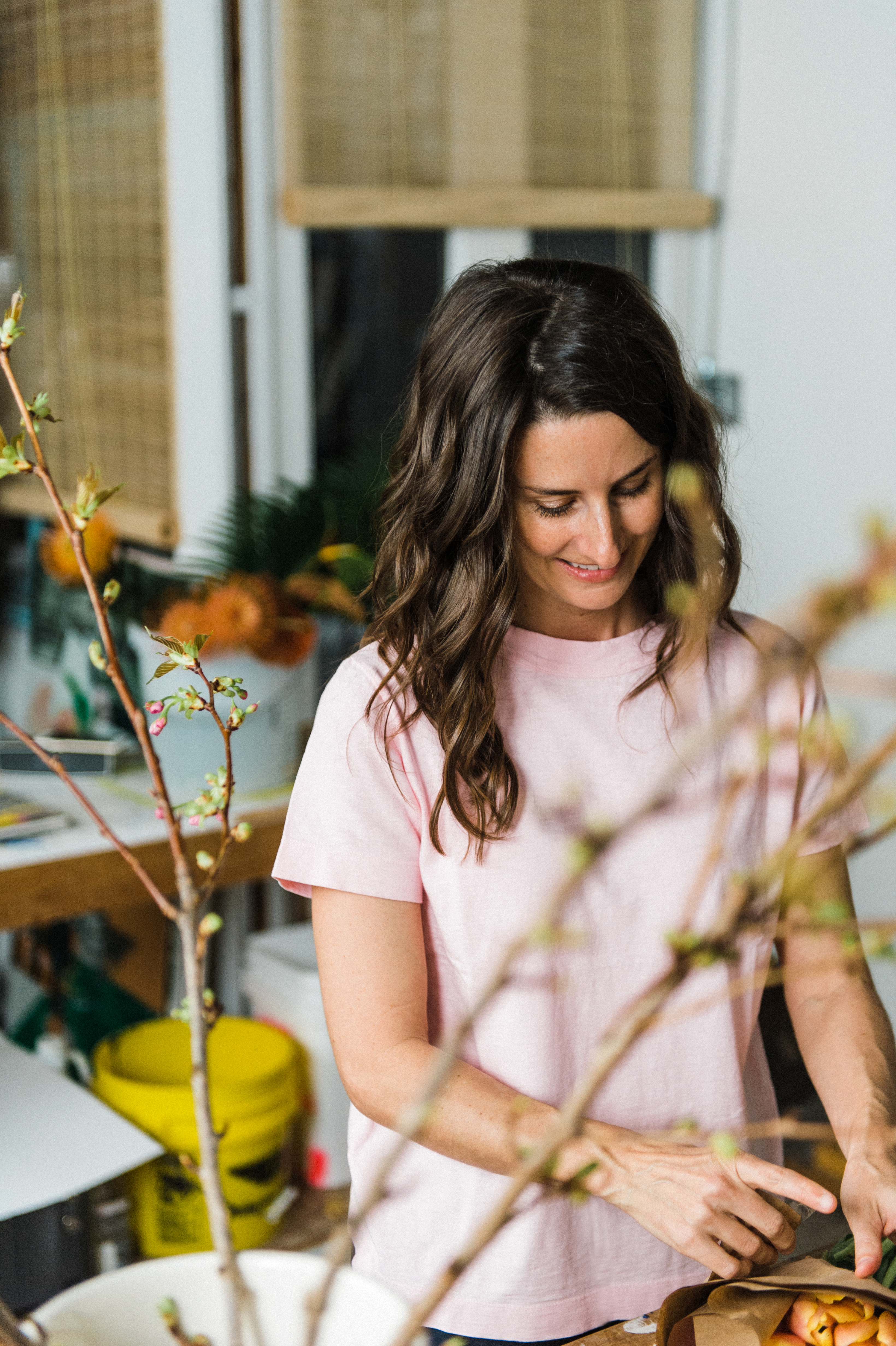
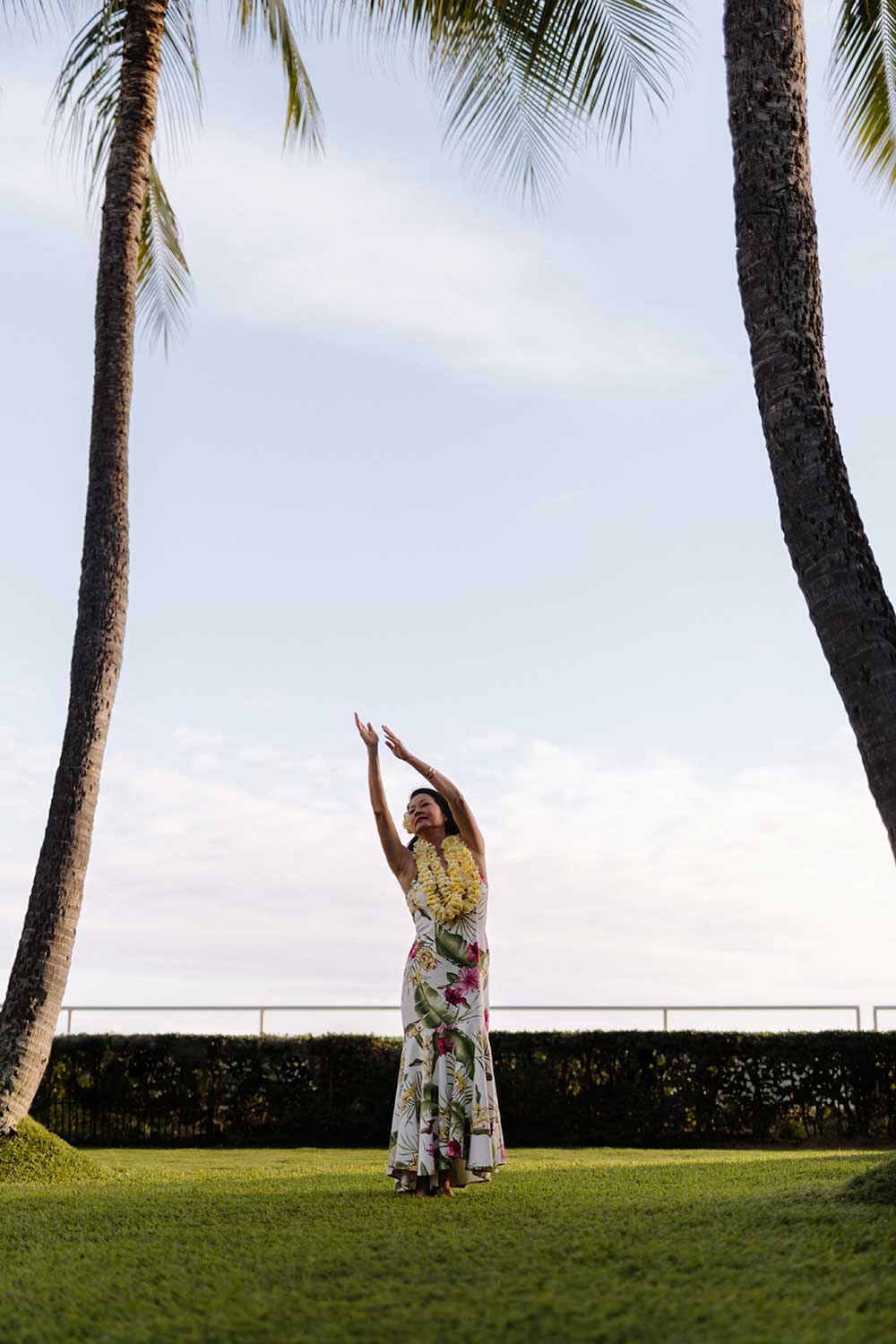
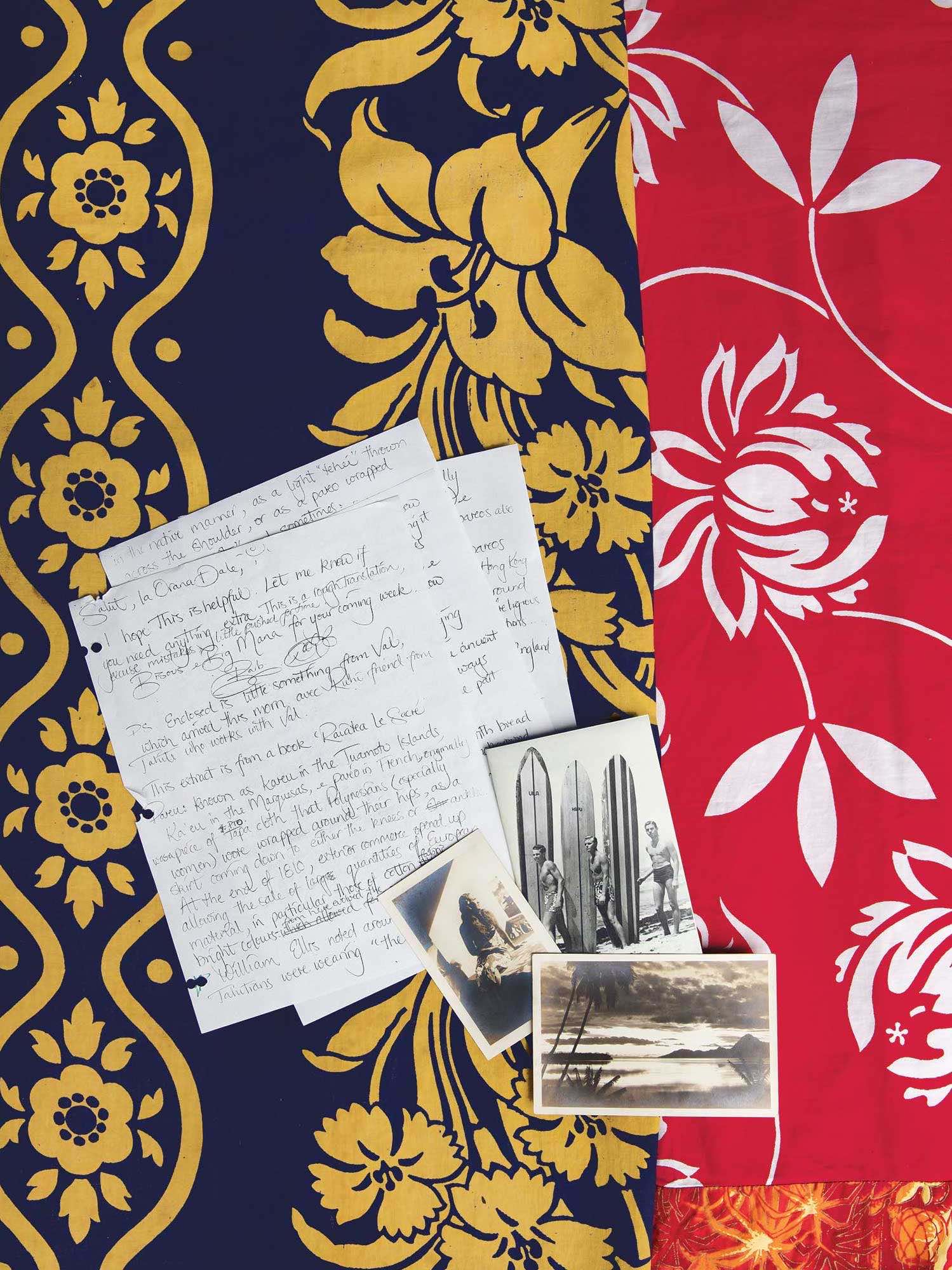
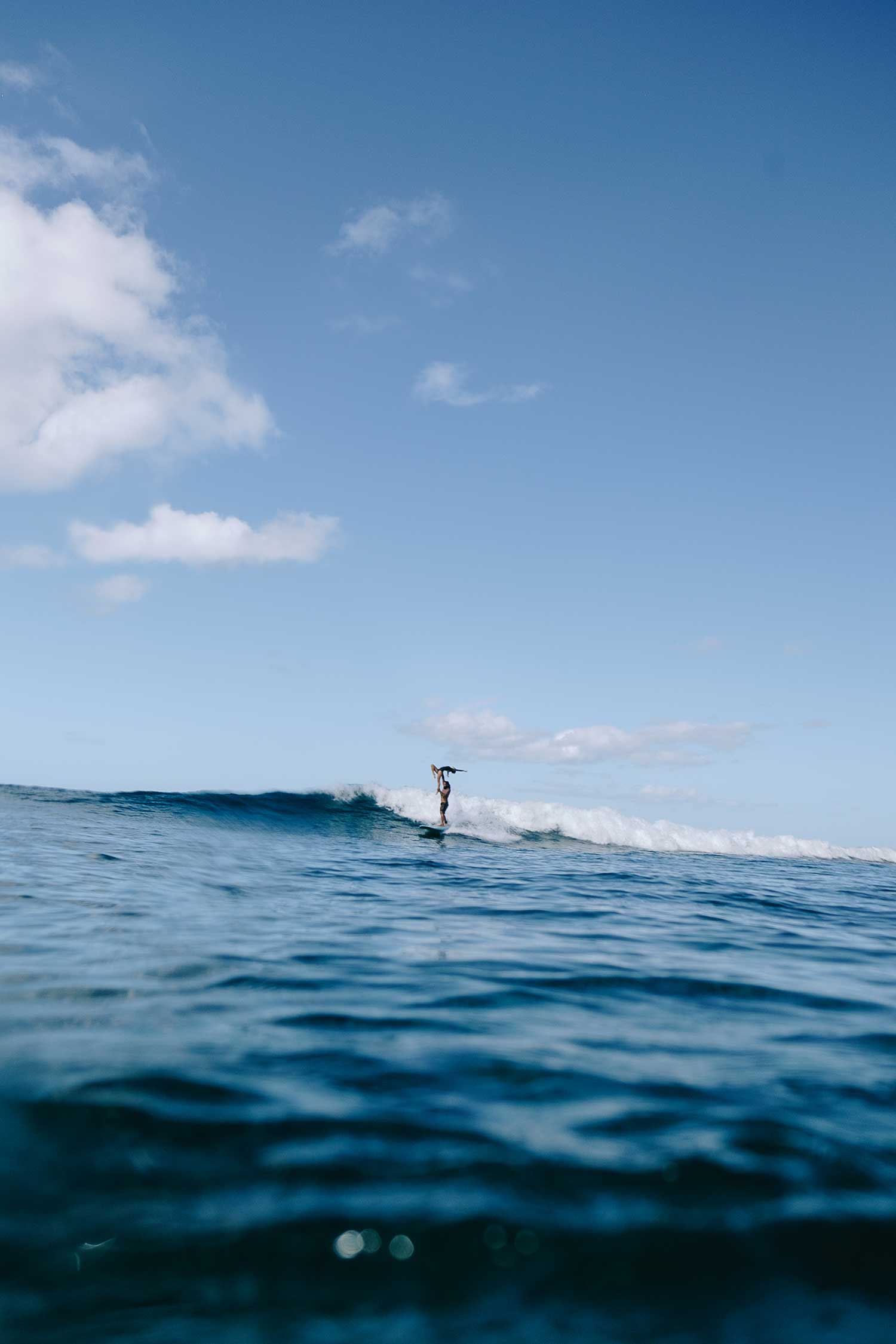
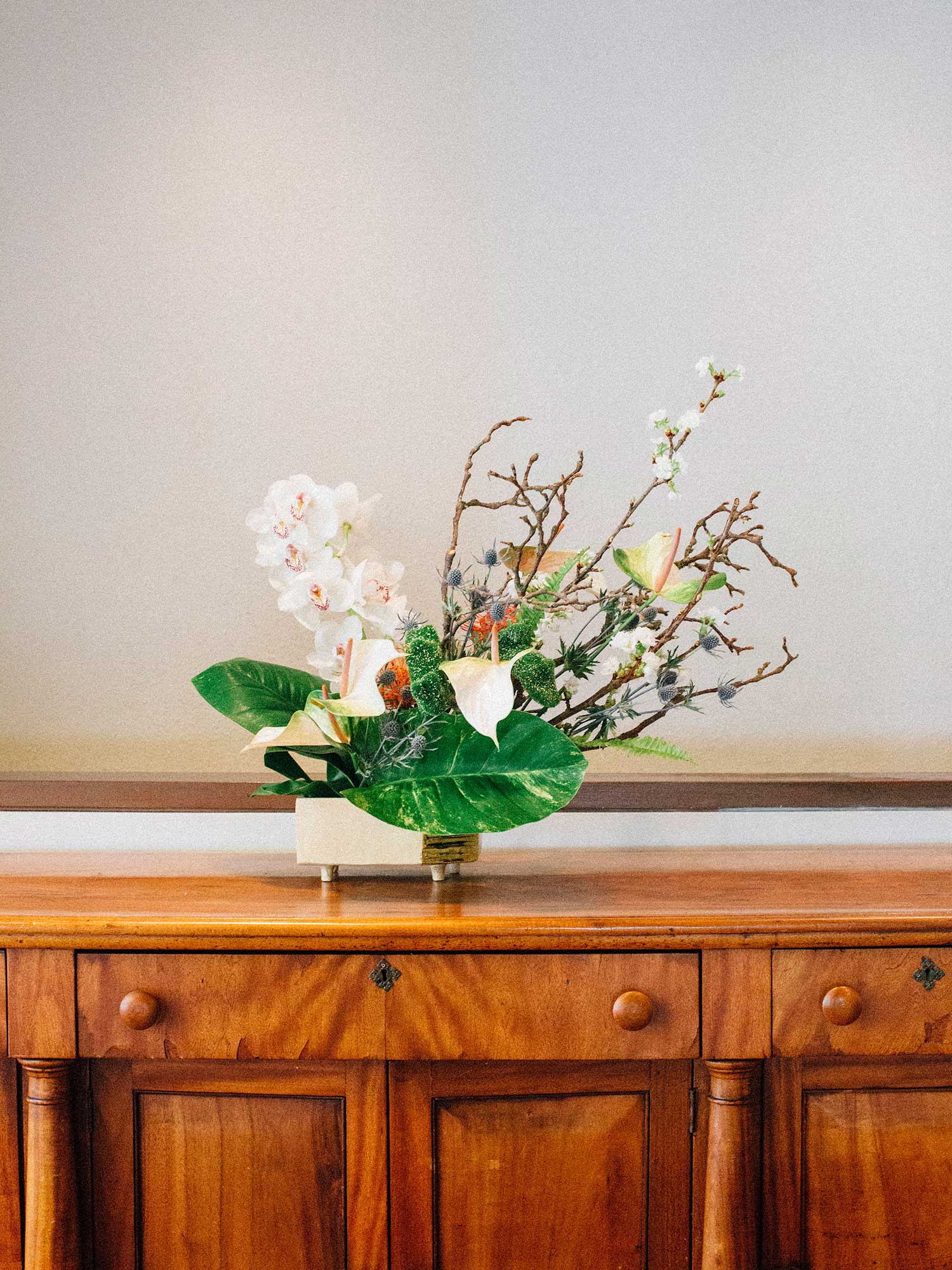
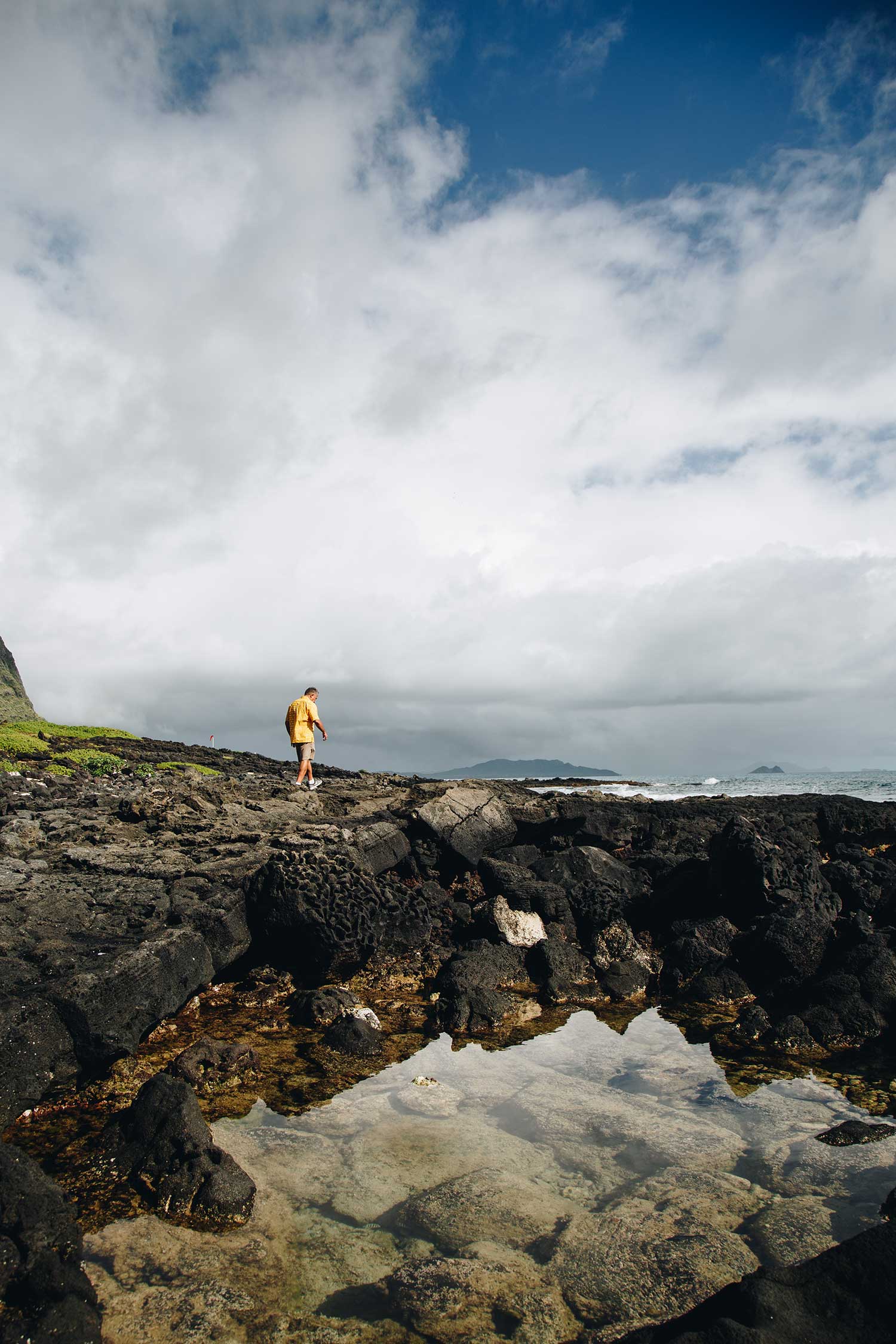
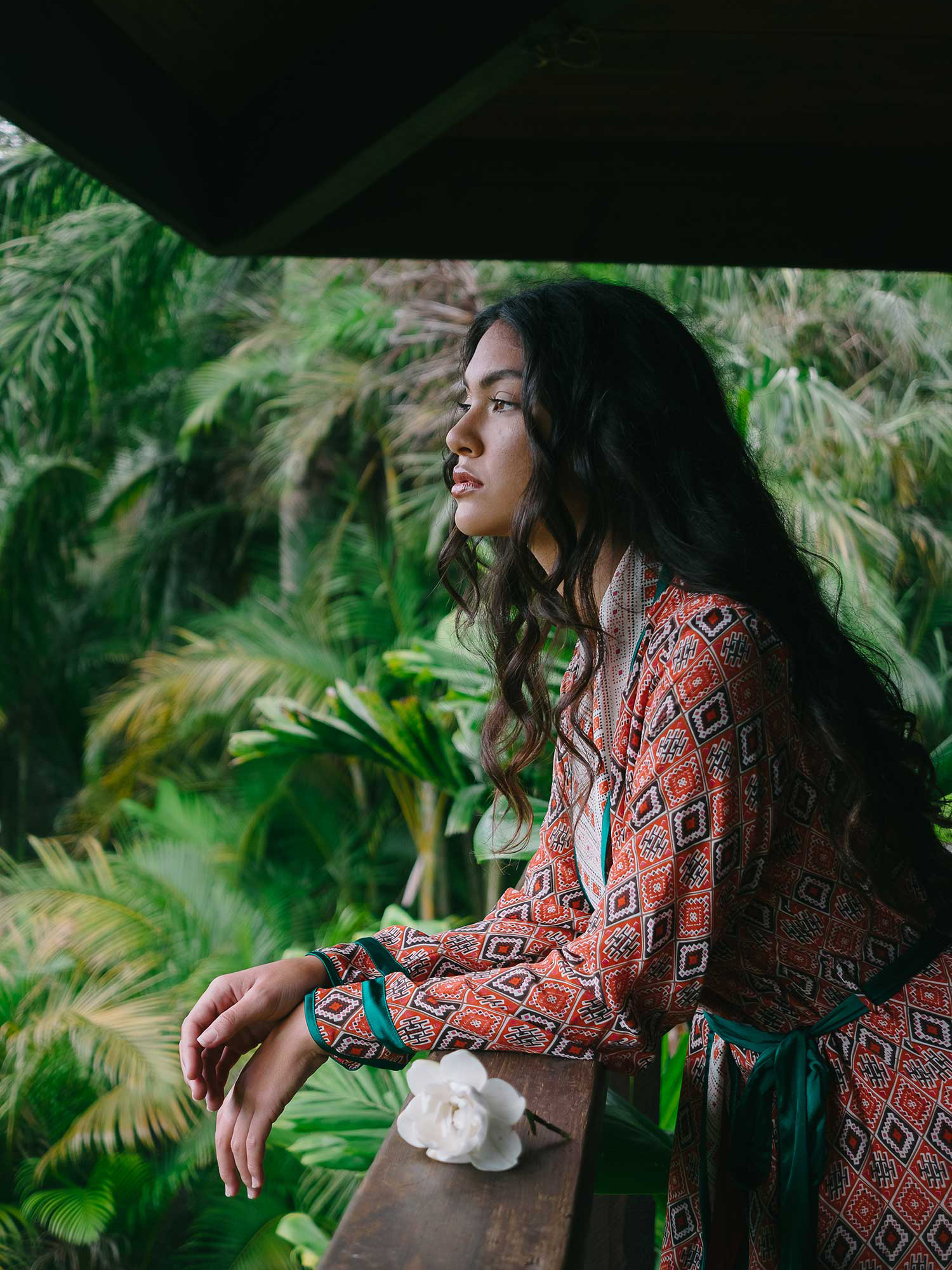
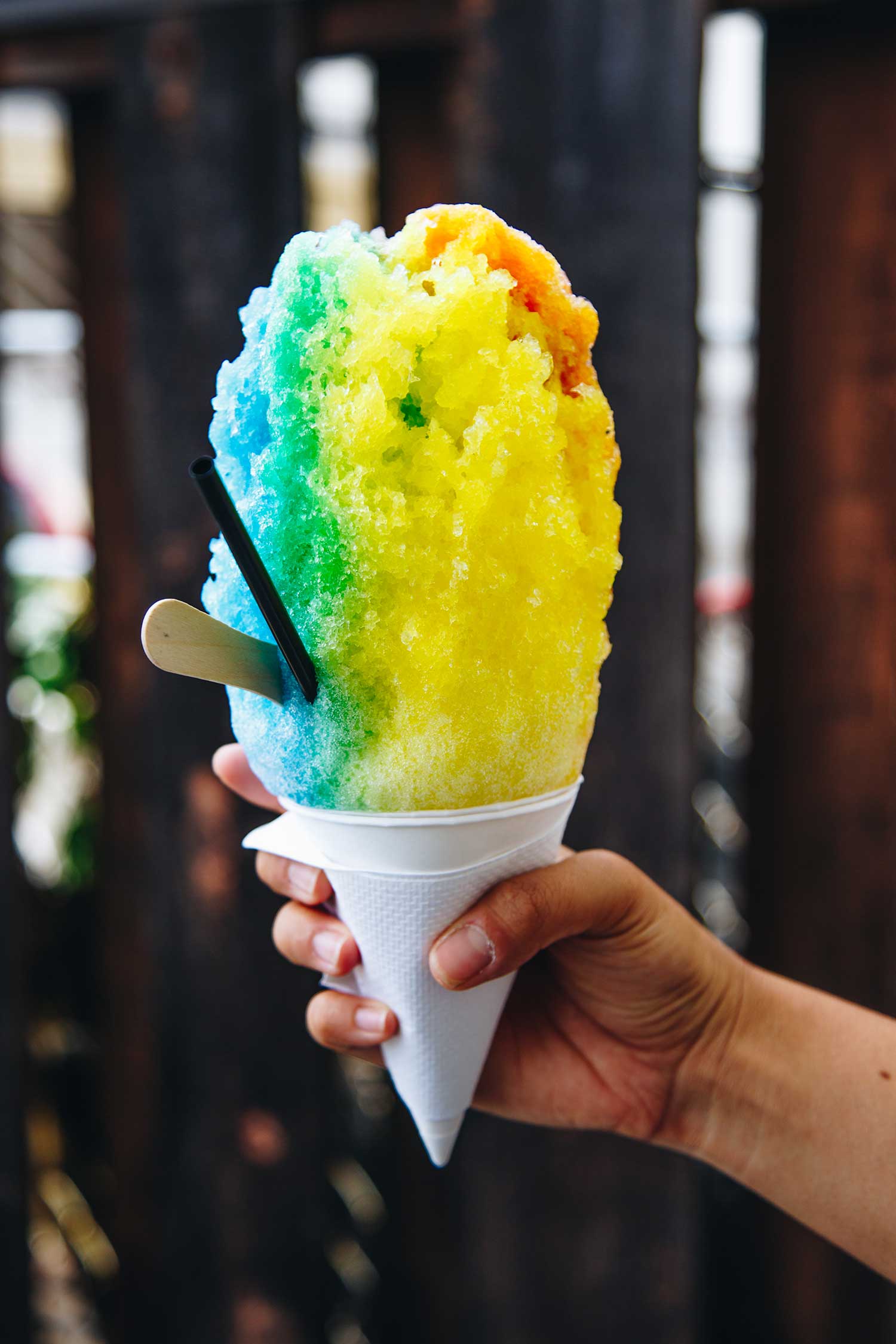
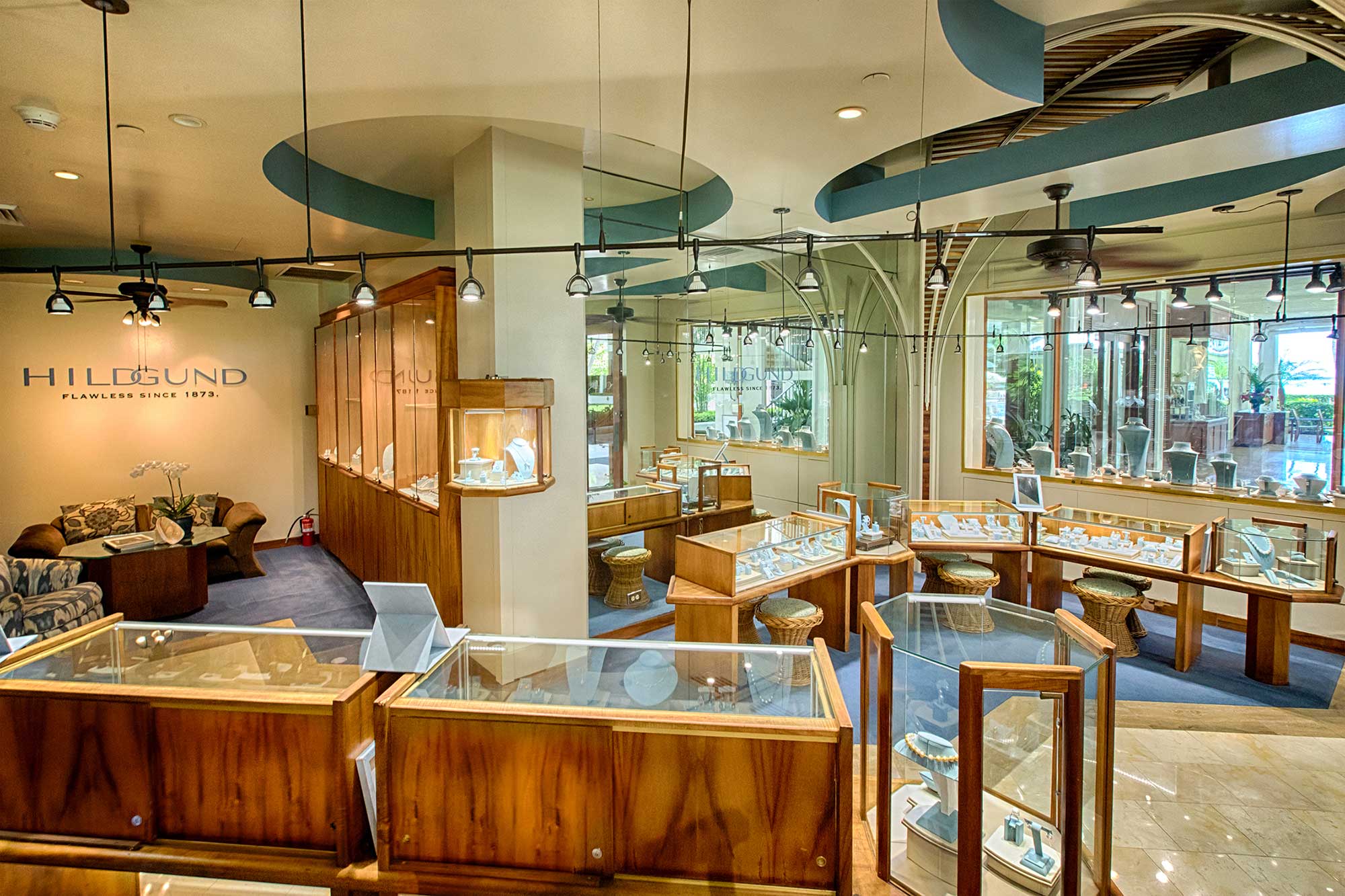
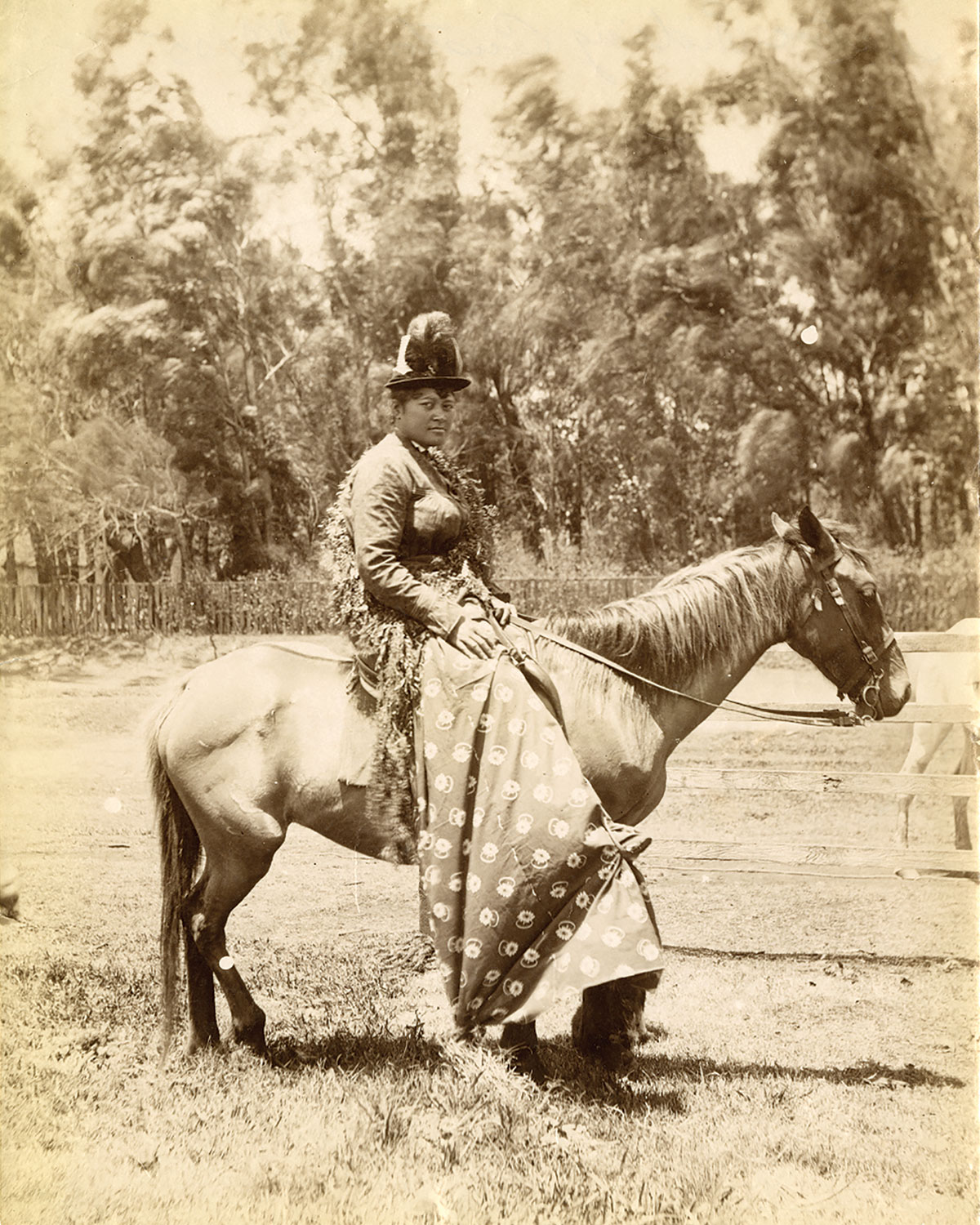
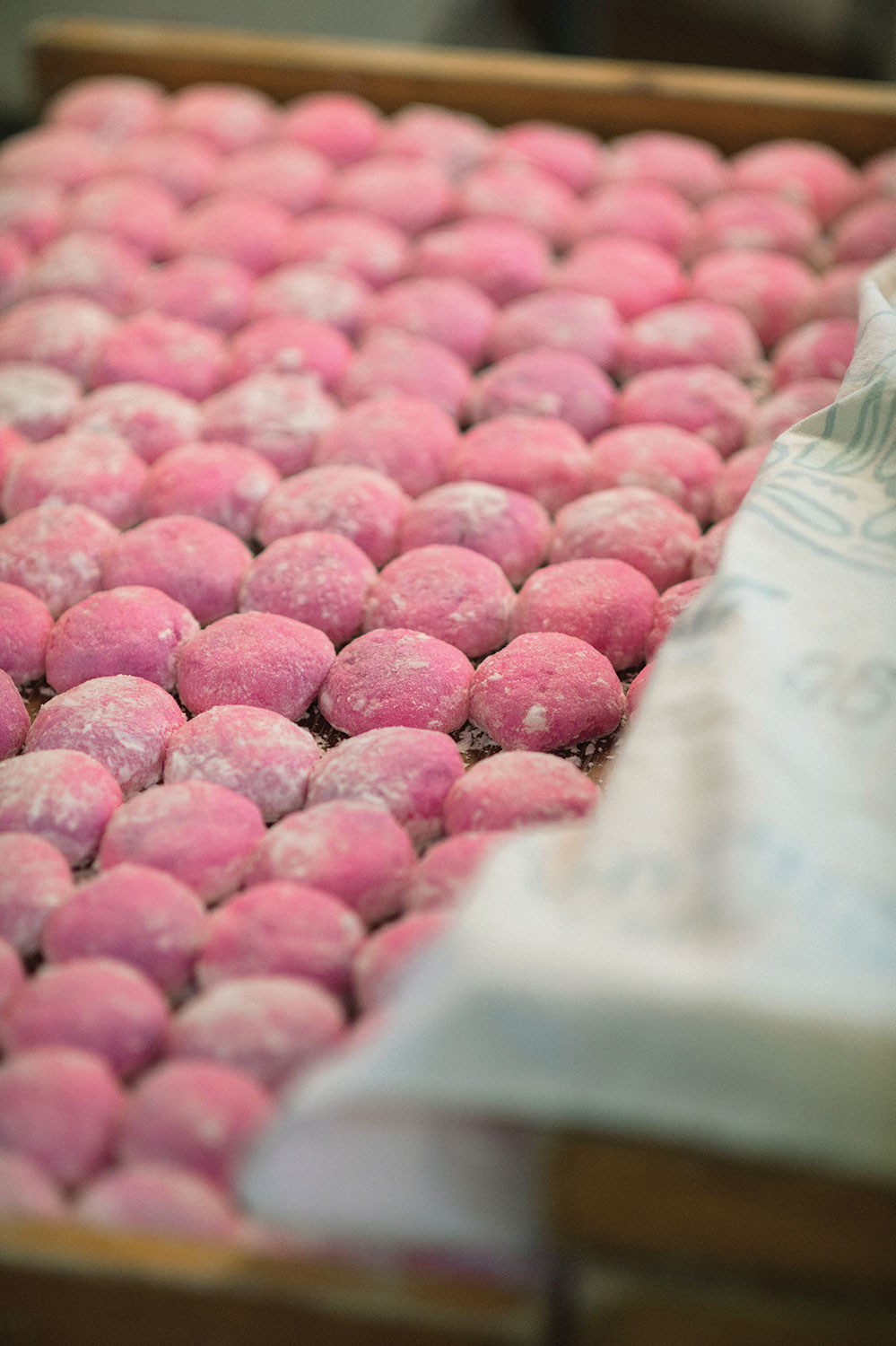
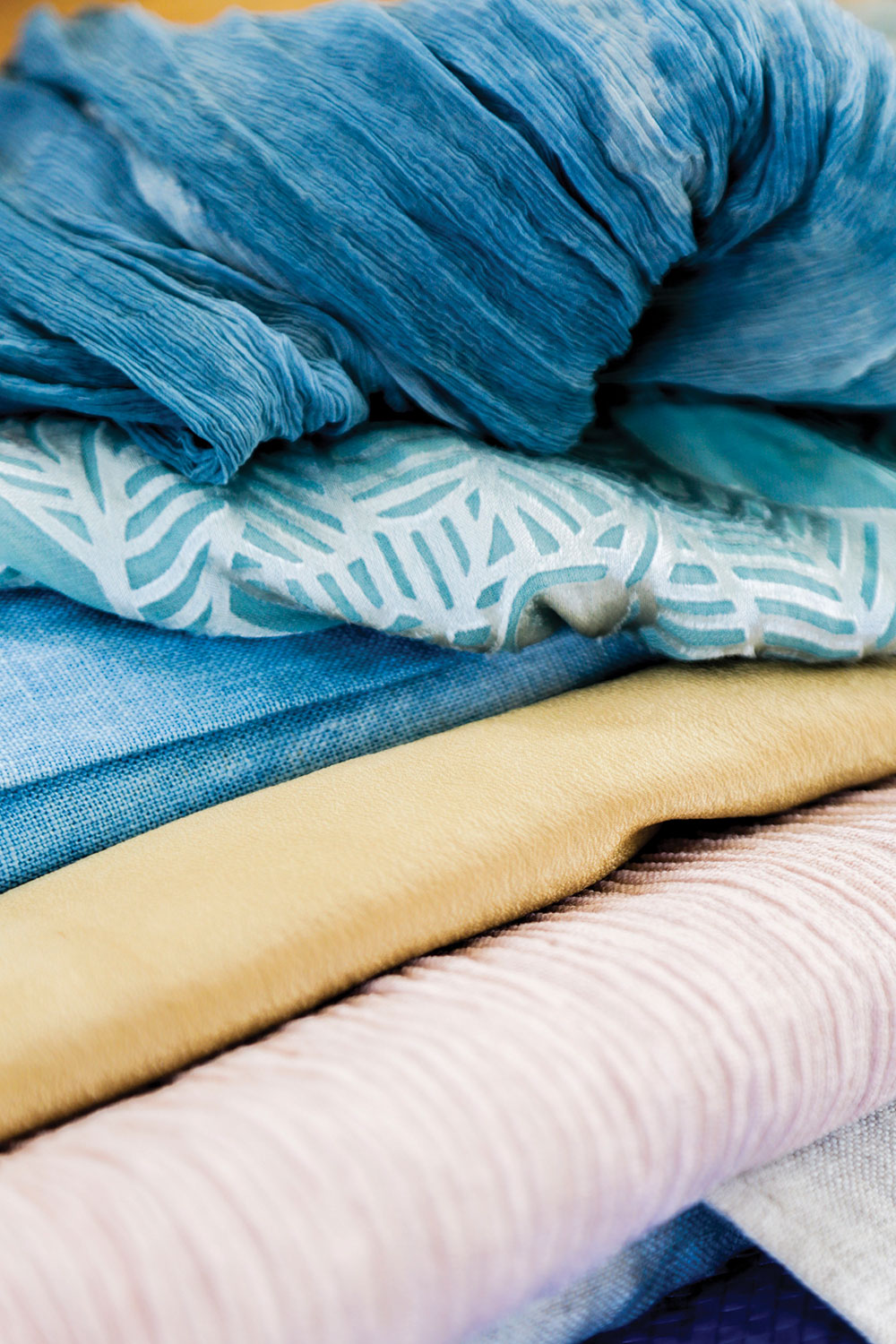
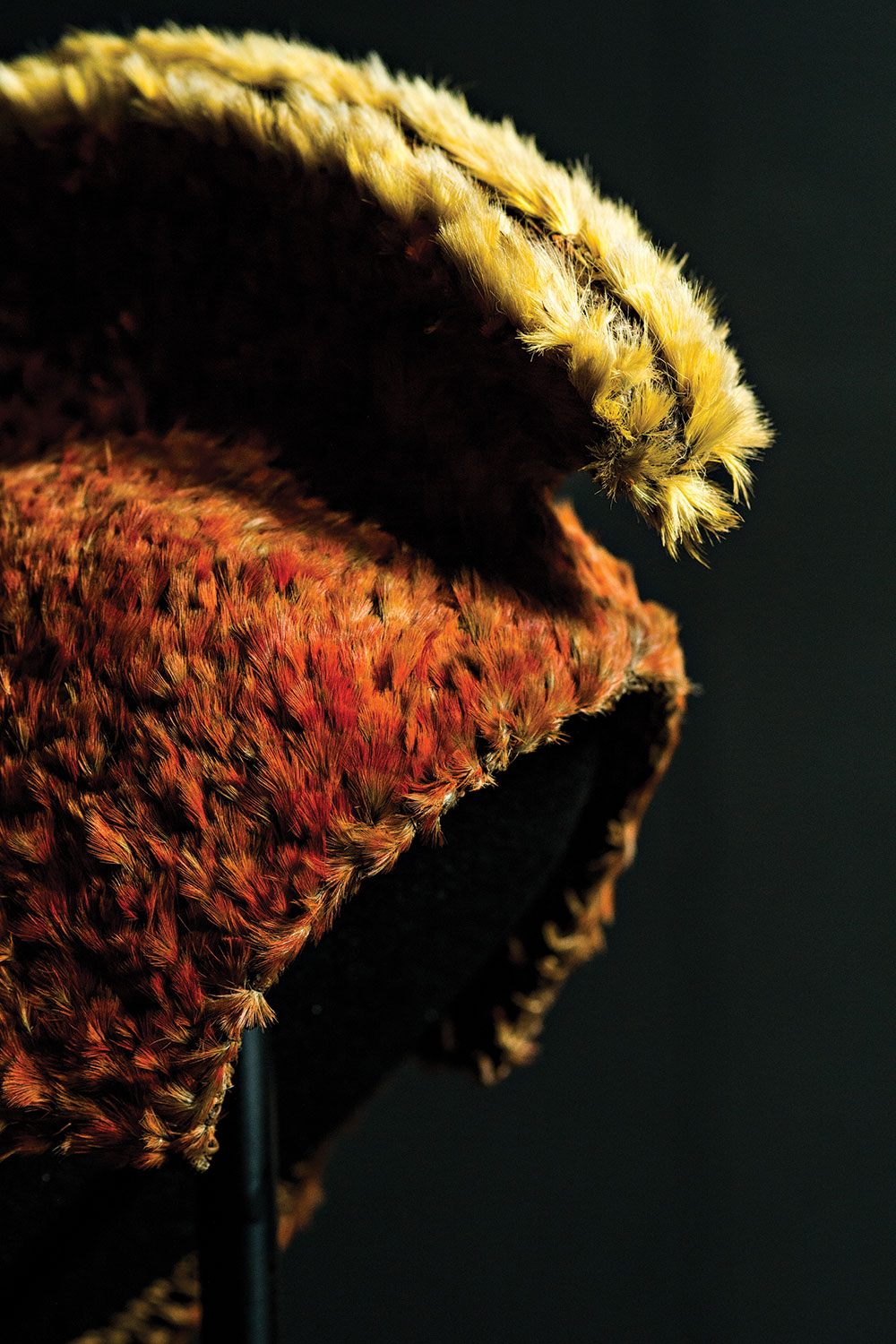
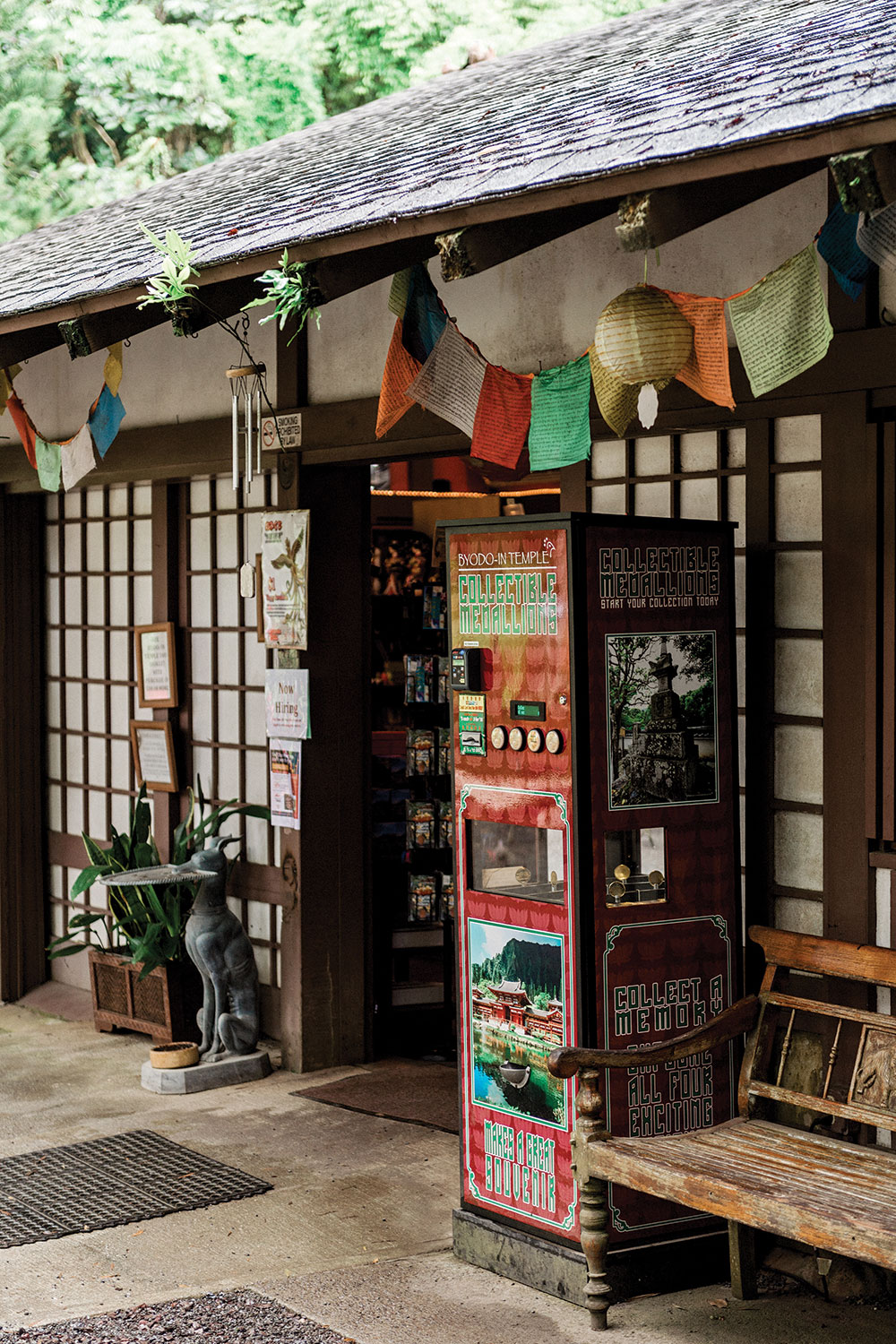
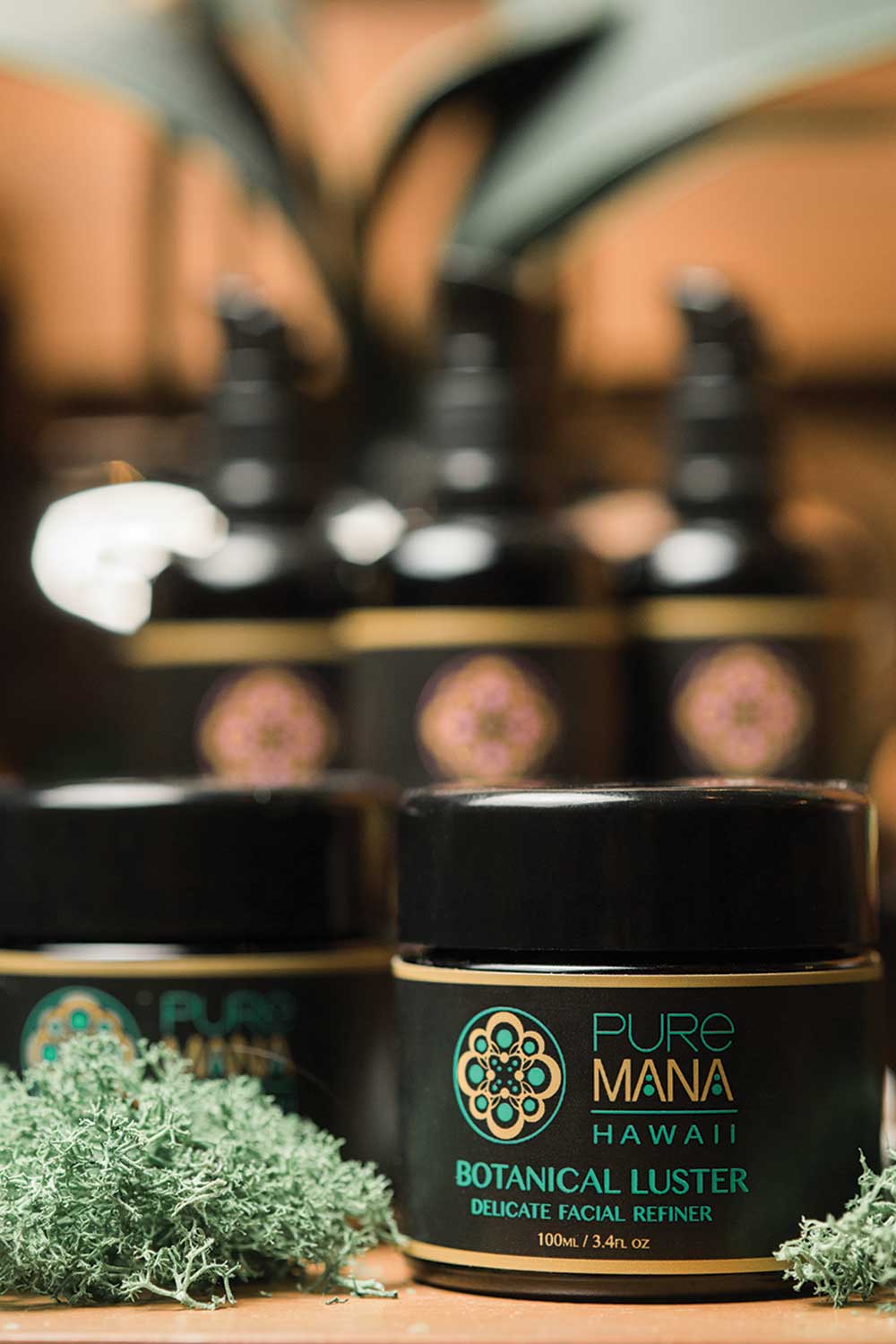
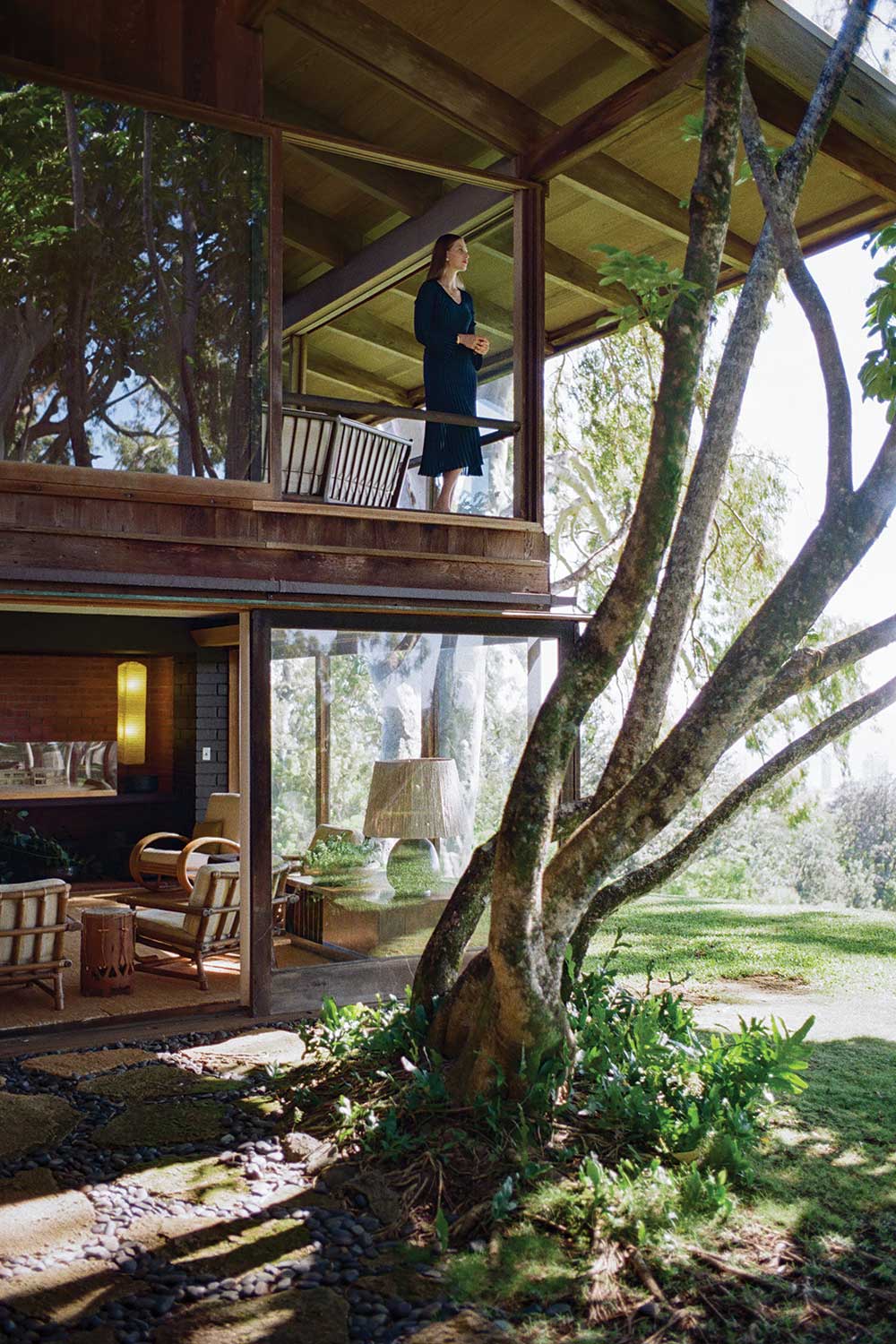
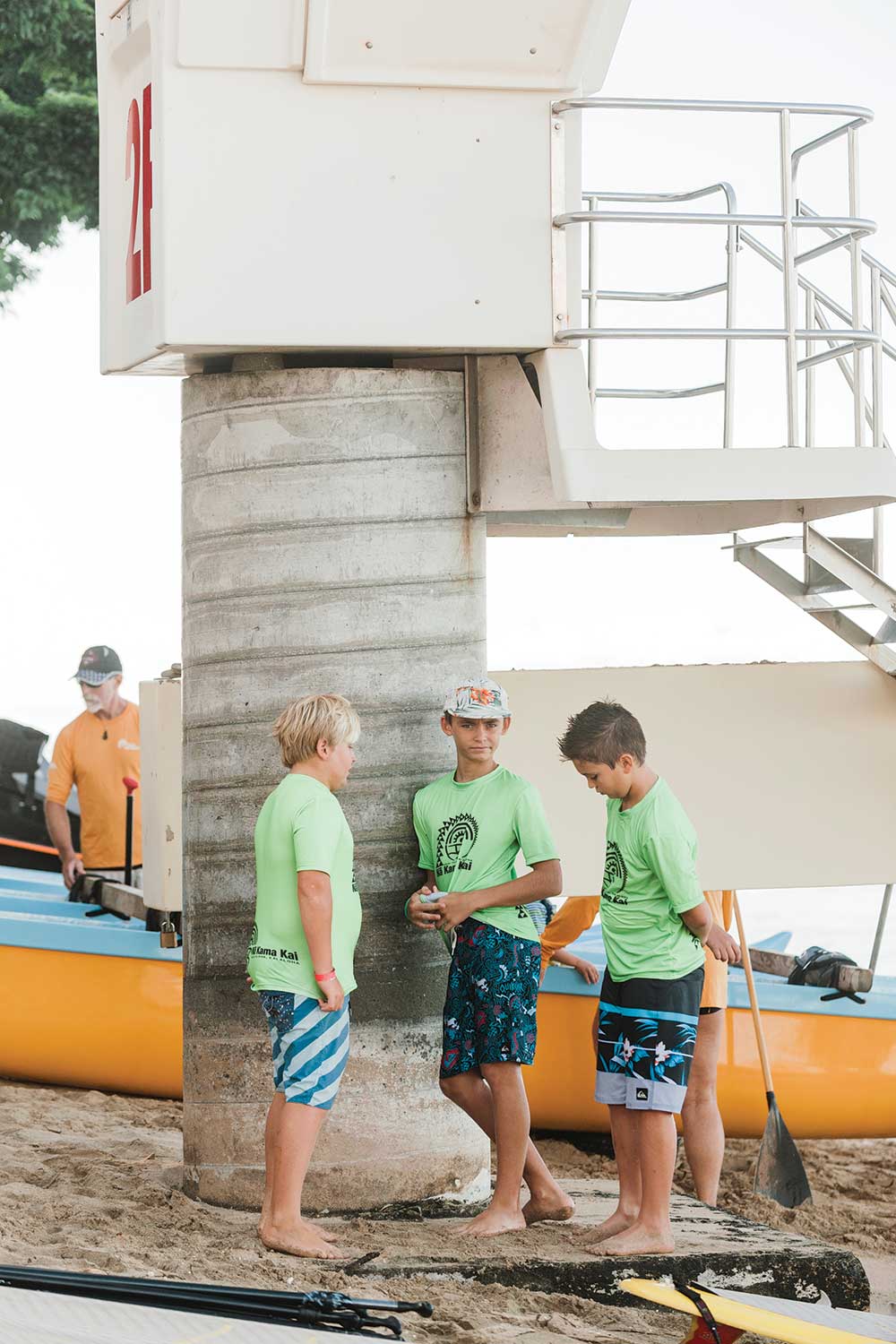
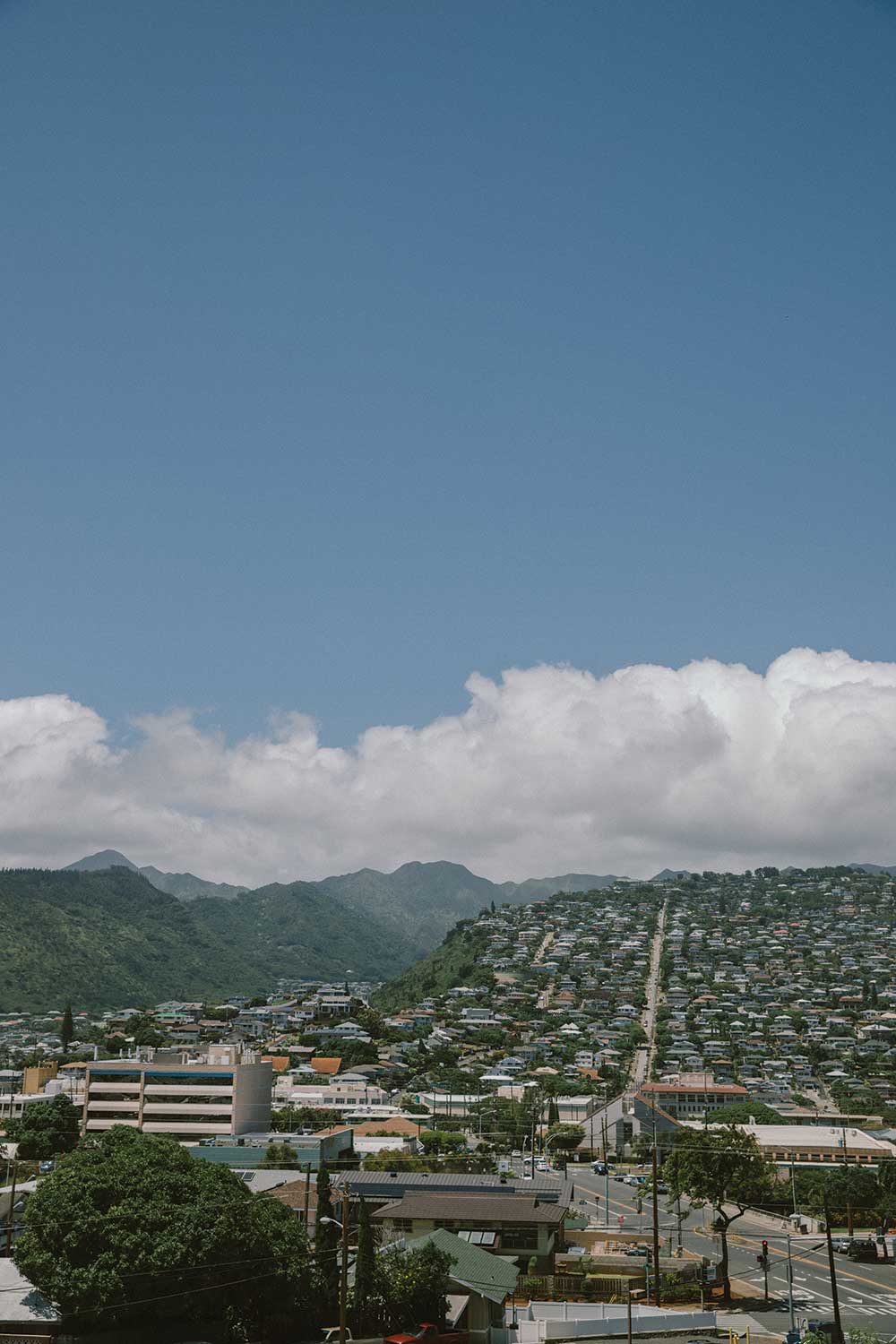

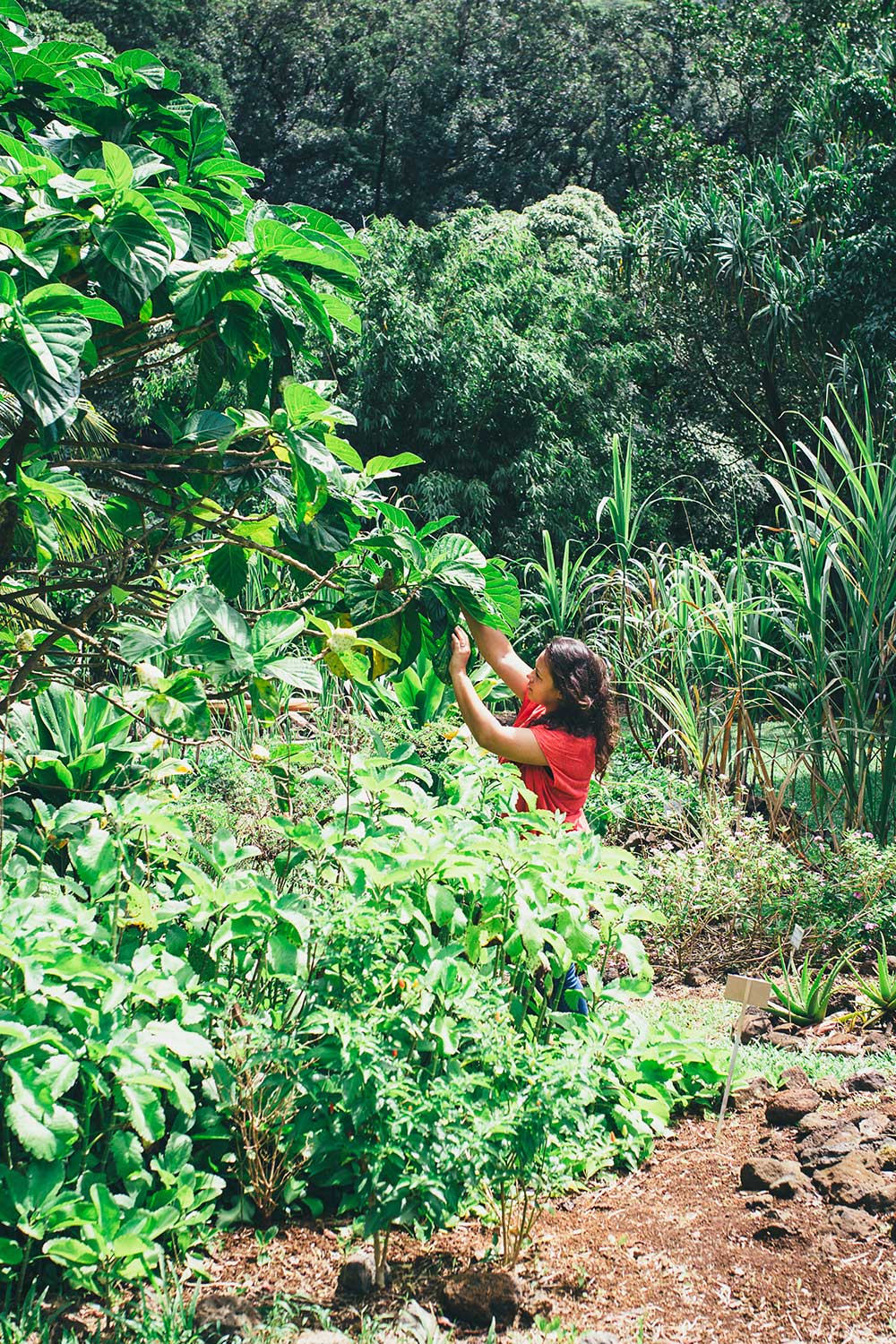

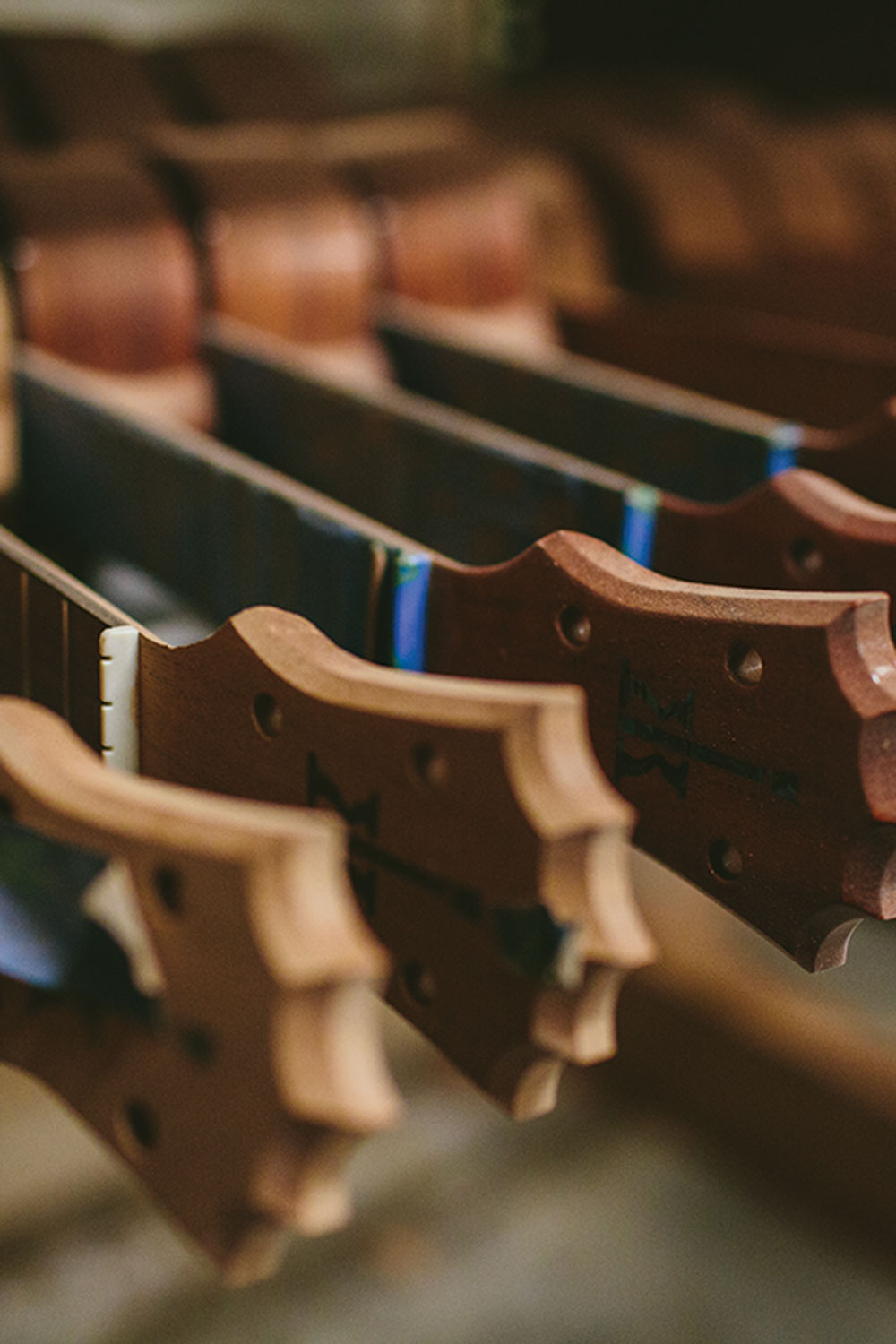
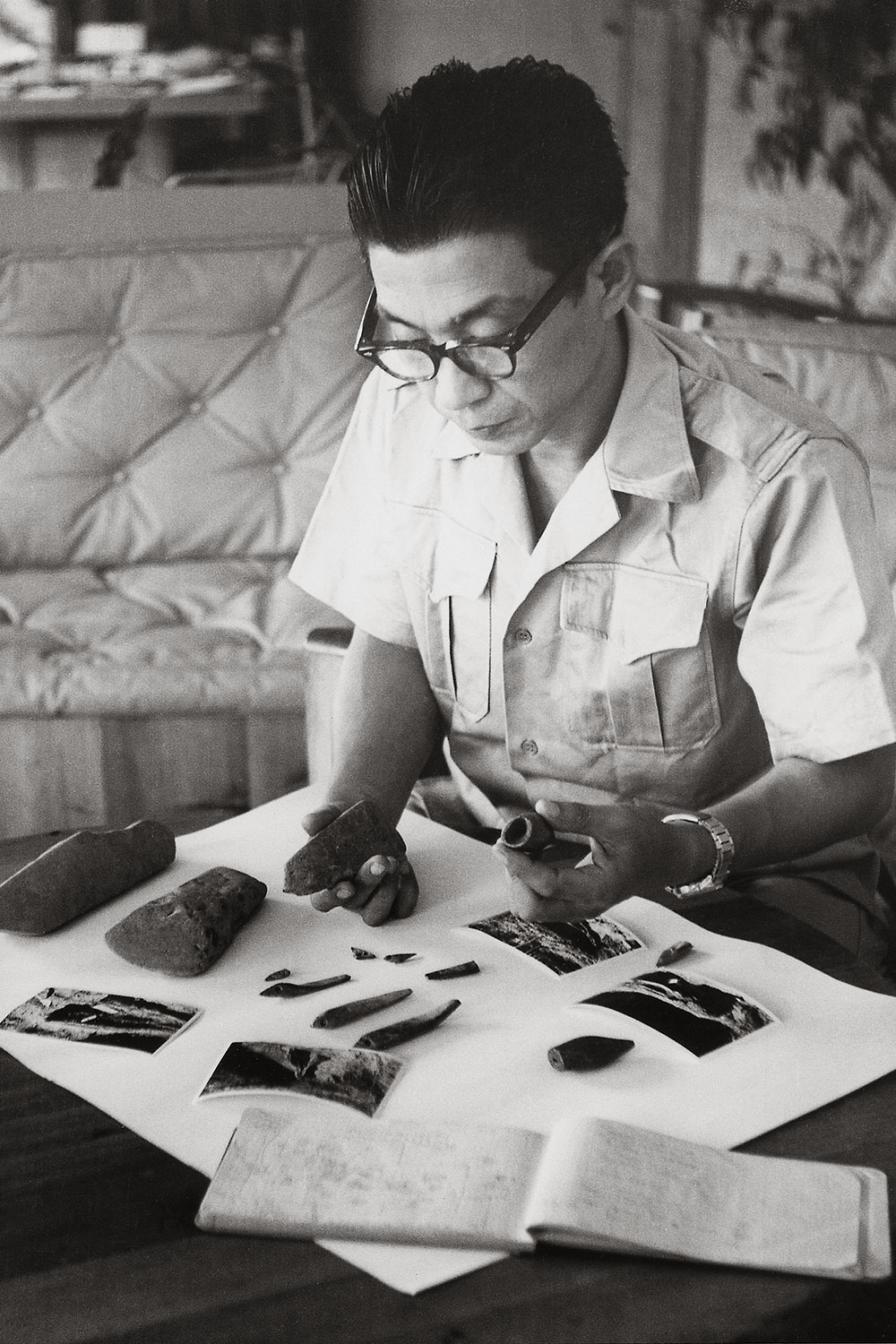
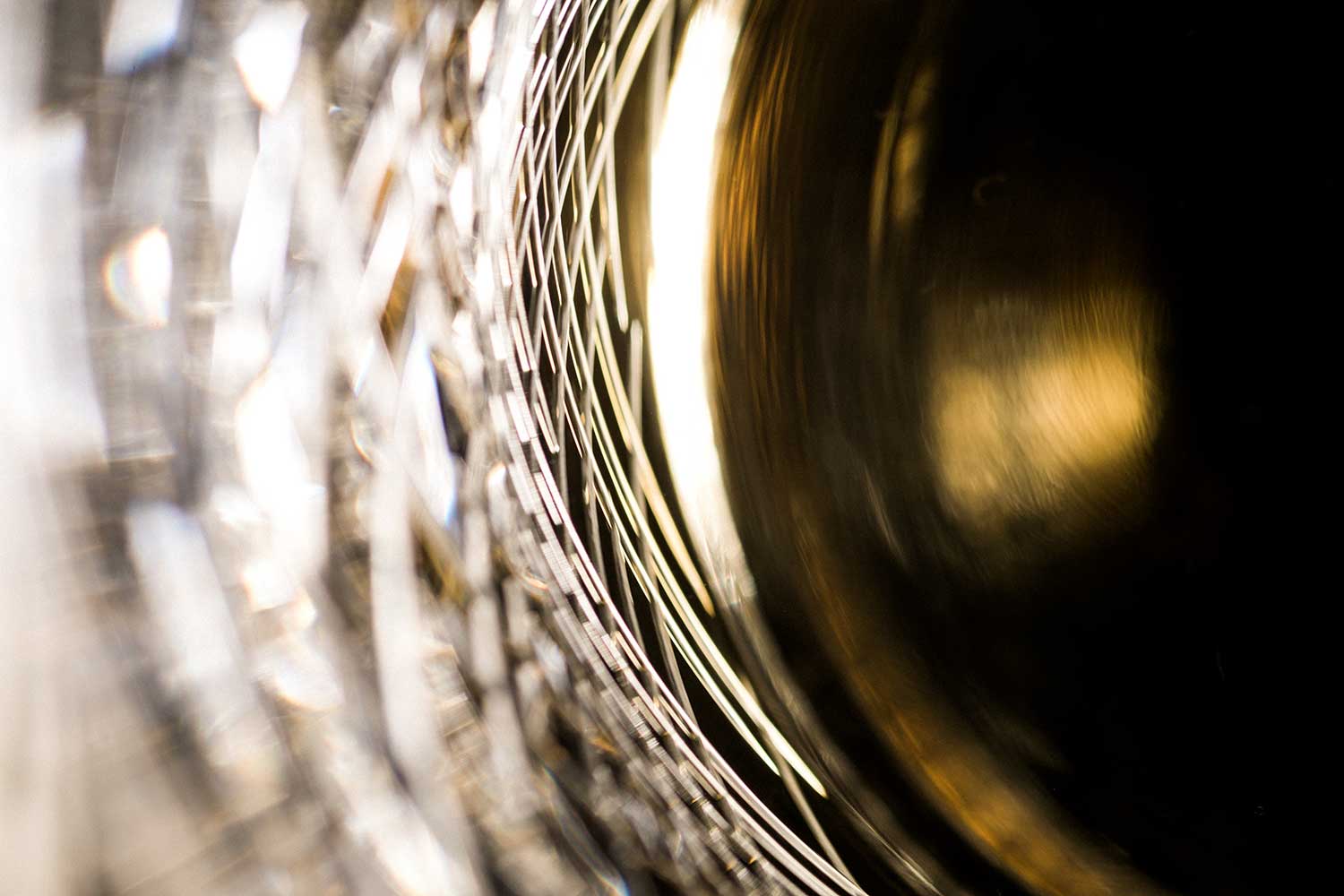











Share: